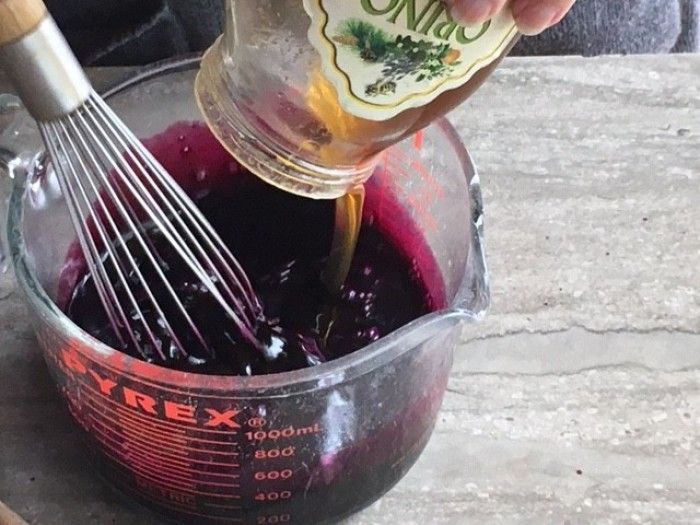
I love it when happenings in everyday life inspire me to write a blog. This blog’s inception came about due to the freezing weather, which caused me to clean out my freezer (which hasn’t been done in way too long!). So you are thinking–she’s not really going to blog about cleaning out the freezer–is she? Well just for another sentence or two… It is about 15 degrees F today (in the single digits at night), so it is perfect for holding a lot of frozen things while the freezer thaws. Right now there are four laundry baskets and one large cardboard carton full of frozen foods on the covered backporch. And they are all lightly covered with a dusting from this morning’s snow.
It is amazing how much can fit into a freezer–and as I emptied it out–I separated a lot of stuff that was headed for the compost. Right now the birds and other wildlife are feasting on old blueberries, sour cherries and elderberry pulp and seeds. And the compost pile has a whole new layer of organic matter.
I was happy to find a six-cup bag of frozen elderberries. I recall putting them in the freezer with the thought that when I had more time, I would make something with them. During the elderberry harvest season, I make shrub. Once the berries are harvested, picked over and stemmed (which is labor intensive), I usually make shrub, which is one of my favorite herbal remedies and ways to use elderberries. I put them into organic apple cider vinegar and let them macerate for 4 to 6 weeks before straining and adding honey.
Recently, my daughter Lucie was at home and she got a nasty cold. I had her taking elderberry shrub as well as fire cider vinegar (/item/16506/fire-cider-vinegar) throughout the day and the rest of us also took it–and knock wood–we all avoided the cooties thus far. We did use up most of the shrub so I was delighted to find the berries; just in the nick of time for the winter cold and flu season.
Berries should be cooked before eating. I freeze and dry some of the berries, so I have them to use in recipes in winter months when we really need their protective virtues for fighting flu and colds. Besides being anti-viral, other healing properties are anti-cancer, anti-inflammatory, antimicrobial, cathartic, diuretic, laxative, stimulant and sudorific. Elderberries are nutritious, high in vitamins A and C and antioxidants, they also contain vitamin B, calcium, iron, niacin and thiamine, and even some protein.
I decided to make an elderberry syrup because the berries were frozen and I felt that they needed cooking. So these berries were pretty well picked over and stemmed. I let them thaw overnight in a large, noncorrodible pot and today I heated them, brought them to a simmer and cooked them for about 5 minutes until softened. Next I strained them through a food mill to remove the seeds. (I saved the pulp and seeds to take outdoors and scatter under the bird feeder.) Next step is to strain the elderberry liquid through a moistened muslin cloth or cheesemakers’ cheesecloth (not the thin, flimsy kind) into a measuring cup to remove any larger pieces. Generally, I make my herbal syrups with local honey. Ratios of honey to concentrated fruit juice varies–some use equal amounts (which makes a really sweet syrup) and others use about 2 parts fruit juice to 1 part honey–which is what I did. Stir the honey into the warm fruit juice with a whisk to dissolve. When cool, pour into a dark glass bottle, label and date. I keep this in the refrigerator.
I just had a shot glass full of the newly prepared syrup as the snow falls outside on this first day of February and the celebration of Imbolc. In Ireland, Imbolc is also called the feast day of Saint Brigid, which is a traditional, historic festival marking the beginning of spring. The festival falls on the first of February, which is about midway between the winter solstice and the spring equinox; it is one of the four Gaelic seasonal celebrations.
I am happy that the days are lengthening and we are about halfway through the winter weather here in Maryland; I might add that we have had wicked cold weather and plenty of snow and rain. I am thankful for the fruits of the earth and the herbs that nourish and heal us. I especially appreciate the stalwart and majestic trees that surround this land, standing adorned with snow while life is burgeoning in and beneath them–providing us with oxygen, shelter and warmth. The wildlife and birds are thankful for the berries and seeds to keep them warm through these frigid nights.
No matter if Punxsutawney Phil sees his shadow or not tomorrow on Groundhog Day, I look forward to the brightening and lightening–spring is just around the corner!





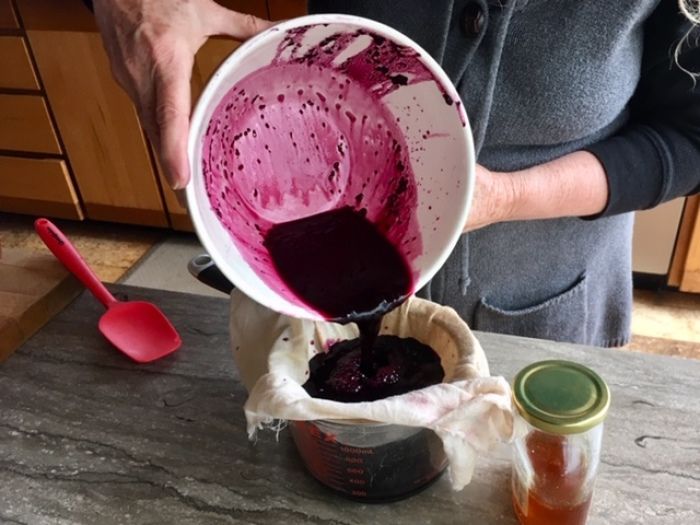
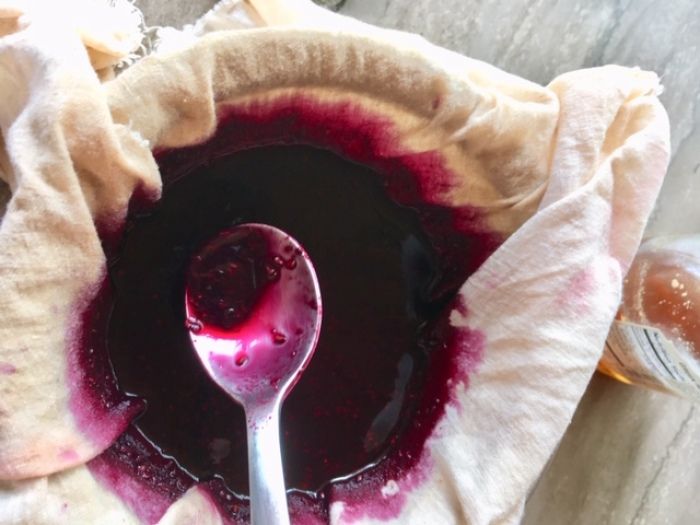

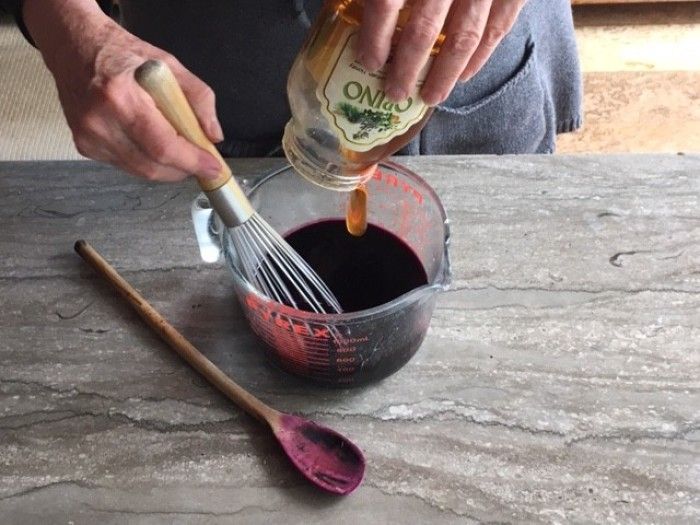
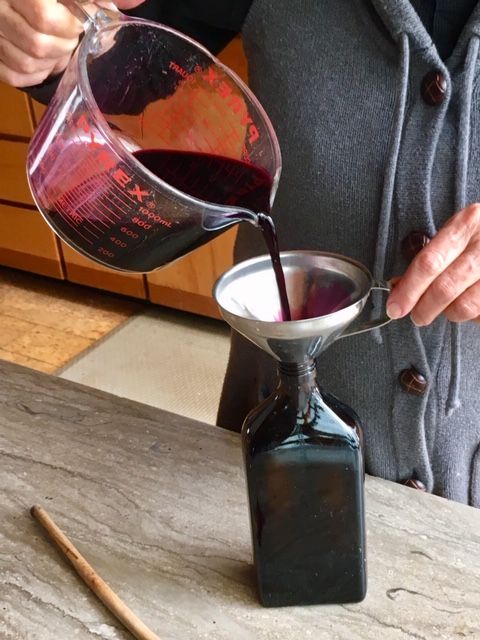
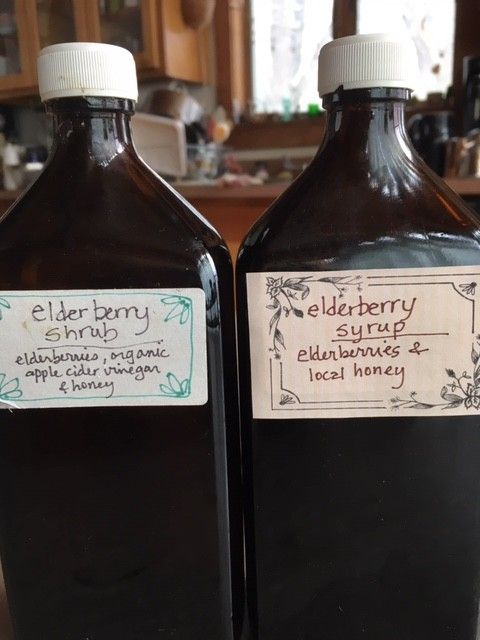

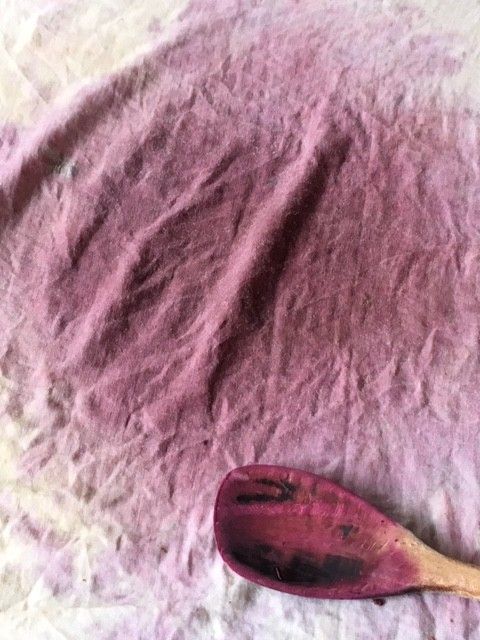
















Comments
Log in or create an account to post a comment.
Sign up Log in